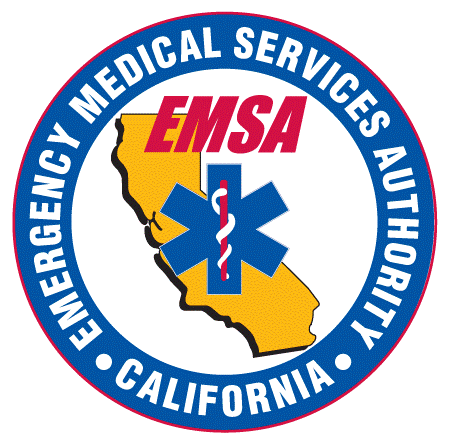What is Tactical Emergency Casualty Care ?
In 2011, the Committee for Tactical Emergency Casualty Care (C-TECC) published guidelines of care for law enforcement and EMS, based on the successful US Military’s Tactical Combat Casualty Care (TCCC) program, adapted for high threat incidents in a civilian setting. C-TECC recognized that the civilian environment could benefit from the same simple skills applied in mass casualty incidents, where injuries are similar to those sustained on the battlefield.
Adding “Tactical” to the title of these skills is not a marketing ploy or just to sound “tacti-cool.” C-TECC defines “Tactical” as “of or pertaining to a maneuver or plan of action designed as an expedient toward gaining a desired end or temporary advantage.”
These skills and techniques are a structured plan of action with one goal in mind, to save lives from traumatic injuries before advanced medical care can be provided.
What are the principles of TECC ?
The guidelines of Tactical Emergency Casualty Care define three distinct phases of care during emergency medical responses, whether terrorist, intentional, accidental, or disaster related mass casualty accidents.
The TECC Phases of Care are:
Direct Threat Care – A current active threat exists. The primary
priority is neutralization of all active immediate threat elements.
Responders must be ready and able to provide rapid care of critical
injuries to themselves, in order to stay in the fight.
Indirect Threat Care – The threat has been neutralized, is being
engaged by a sufficient number of responders elsewhere, or is
absent and the scene is static. The priority is rapid assessment,
and care of all life-threatening injuries, in preparation for
transport to a trauma hospital.
Evacuation Care – The threat has been neutralized, or contained
elsewhere. The priority is EMS integration, continued injury
assessment and management, and coordination of transport to a
trauma hospital.
According to TECC, injuries are assessed, treated, and managed using the MARCHe acronym:
M – Massive Hemorrhage
A – Airway
R – Respirations
C – Circulation
H – Hypothermia / Head Injury
e – Everything else
Are these skills complicated ?
The skills of TECC are simple.
- Stop rapid, severe bleeding using tourniquets and
hemostatic gauze.
- Open and preserve the airway using manual
techniques and proper victim positioning.
- Manage lung compromise from penetrating wounds
using chest seals and rescue ventilation.
- Treat lesser bleeding using pressure bandages.
- Prevent hypothermia by keeping the victim insulated
and warm.
- Manage head injuries by direct care, assessing mental status,
and using proper victim positioning.
The tools of TECC are simple.
- A quality commercial tourniquet
- such as TacMed Solutions' SOF-T or North
American Rescue's CAT tourniquets
- Approved hemostatic gauze
- such as MedTrade Products' Celox Rapid Gauze
or Z-Medica's Quikclot Combat Gauze
- Occlusive Chest seals
- such as PMI's Halo Chest Seals, MedTrade
Products' FoxSeal Chest Seals, or North American
Rescue's Hyfin Chest Seals
- All-in-one pressure bandages
- such as TacMed Solutions' Olaes Modular Bandage
or North American Rescue's Emergency Trauma
Dressing
- Emergency "Space" Radiant Heat Blanket
These skills are required for Law Enforcement !
CAPOST and CAEMSA approved the use of tactical tourniquets, the application of hemostatic gauze, the use combat chest seals, and the use of trauma pressure bandages in April 2015, including these skills into the scope of practice for Law Enforcement Officers. These skills became required, mandated skills for CA Law Enforcement in April 2017.



